View of the Jesuit College at La Flèche and its Formal Gardens, 1655, Bibliotheque Nationale, Paris
INVESTIGATION

Exploration of Ancient Greek/Italian Mathematicians
In 1551, Ignatius Loyola conceived the brilliant idea of Jesuit education, offering free schooling through royal funding, sparking the creation of Europe's largest network of private schools. La Flèche, funded by Henry-IV, was one such institution and Descartes was one of its first pupils in 1607. He received a classical curriculum focused on mathematics, philosophy, and logic.
He was exposed to Italian mathematicians- Galileo and Tartaglia. He also encountered the works of ancient Greek mathematicians- Euclid, Plato and Aristotle. The geometric rigor of Euclid's Elements left a lasting impression on Descartes, shaping his approach to reasoning.

(Tartaglia's Masterpiece. General Treatise on Number and Measure, 1556, Mathematical Association of America)
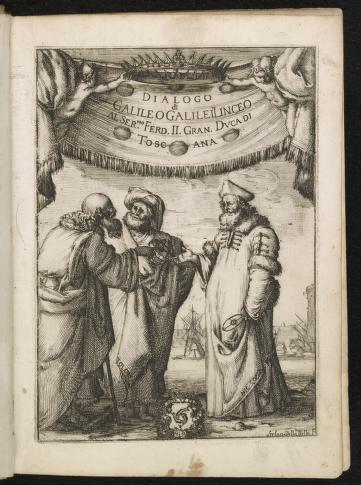
(Galileo’s The Dialogue Concerning the Two Chief World Systems, 1632, Library of Congress)
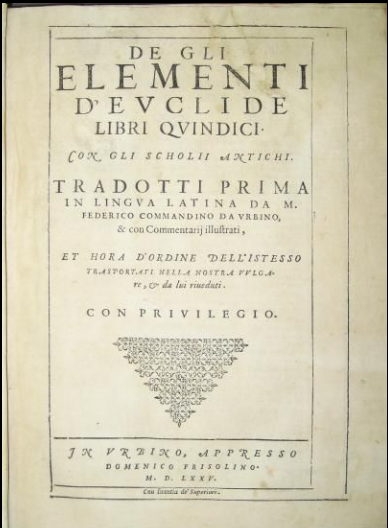
(Federico Commandino’s of Euclid's Elements “Italian translation”, 1575 , Caltech)
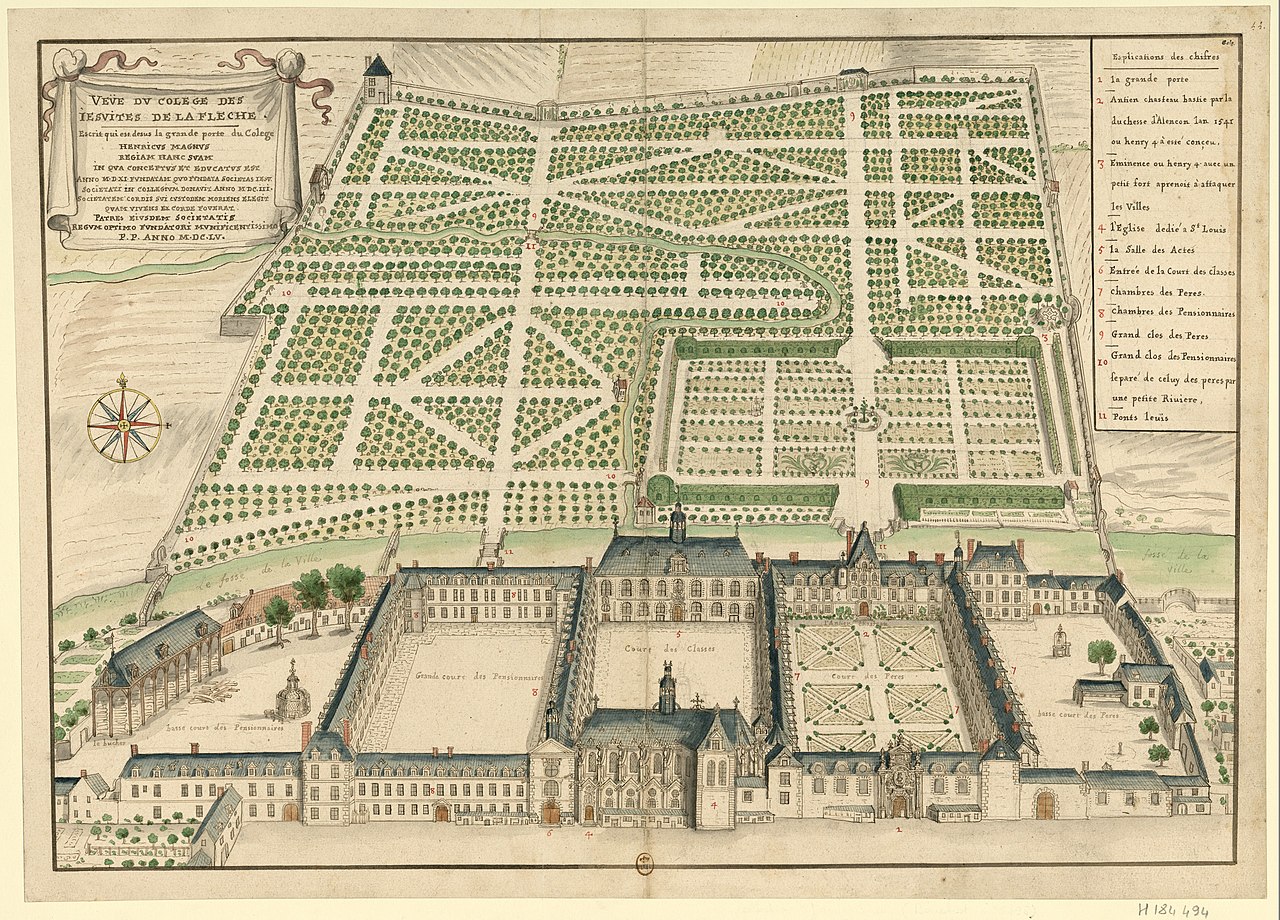
(The Jesuit College at La Flèche and its Formal Gardens, 1655, Bibliotheque Nationale, Paris)
Collaboration with Contemporaries
Descartes actively sought collaboration with contemporary mathematicians of his time. Isaac Beeckman, a Dutch mathematician introduced him to geometric puzzles which was pivotal for Descartes’ later contributions to analytical geometry. His association with Marin Mersenne, who had an extensive scientific circle in Paris, provided Descartes with opportunities for intellectual exchange. Mersenne facilitated the spread of Descartes’ ideas all over Europe.
His journey was also shaped by his fierce rivalry with another great mathematician of that time- Fermat. They both collaborated with Mersenne and developed analytical geometry around the same time. However, Fermat never published his results which could be the reason why Descartes and not Fermat is considered as the father of analytic geometry.
“It is now clear that Fermat had discovered essentially the same method well before the appearance of La Geometrie and his work circulated in manuscript form until it’s publication in 1679 in Varia Opera Mathematica ”
~ A History of Mathematics, Uta Merzbach and Carl Boyer, 1968
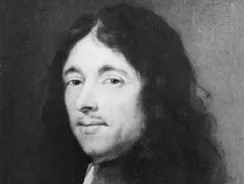
(Pierre de Fermat’s portrait by Roland Lefèvre; The Narbonne City Museums, France, Britannicae)
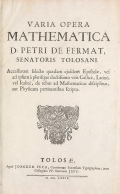
(Pierre de Fermat’s Varia Opera Mathematica,1679, Smithsonian Libraries)
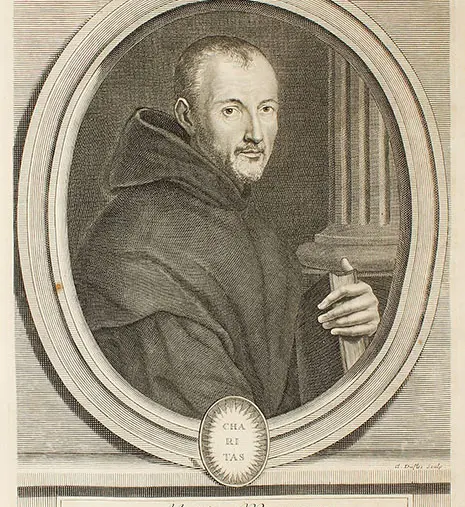
(Portrait of Marin Mersenne by Charles Perrault, Linda Hall Library)
